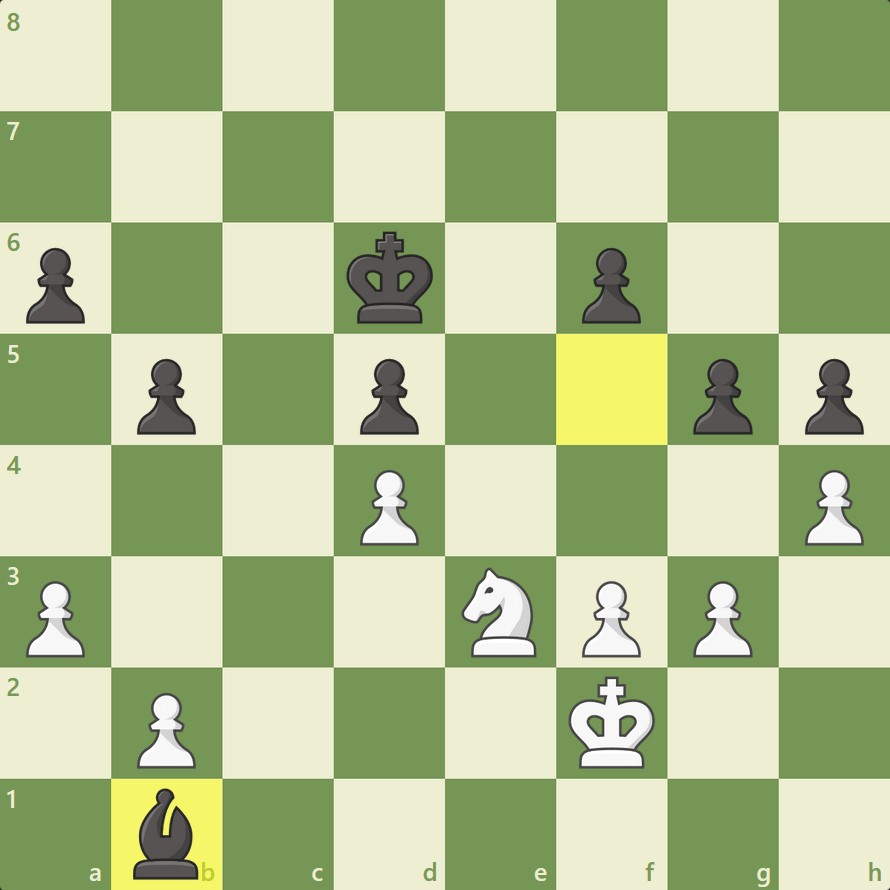Do you dream of analyzing a chessboard with the same mastery as a grandmaster? Understanding chess strategy is the key to unlocking this potential. This guide will delve into the fundamental principles of chess strategy, providing a roadmap for improving your game and achieving checkmate.
Why Chess Strategy Matters
While tactics often determine the immediate outcome of a game, strategy lays the foundation for tactical opportunities. It’s the long-term plan that guides your moves, ensuring you have a cohesive approach to the game. As Sun Tzu wisely stated, “Strategy without tactics is the slowest route to victory. Tactics without strategy is the noise before defeat.” A strong strategic understanding allows you to:
- Create Tactical Opportunities: Strategic maneuvering can force your opponent into vulnerable positions, opening up possibilities for tactical strikes.
- Control the Game’s Flow: Instead of reacting to your opponent, you can dictate the pace and direction of the game.
- Improve Positional Understanding: Recognizing strong and weak positions is crucial for making informed decisions.
- Enhance Endgame Skills: Strategic principles are fundamental for converting advantages in the endgame.
Core Concepts of Chess Strategy
Mastering chess strategy requires years of dedicated study. However, grasping the following core concepts will significantly improve your game:
Material Advantage
This is the most basic yet crucial element. Understanding piece values and aiming for a material advantage through captures or trades is fundamental. A material lead often translates to a winning endgame.
Piece Activity
Even with less material, active pieces can dominate the board. Maximizing the potential of your pieces by placing them on squares where they control key areas and threaten opponent pieces is essential.
Pawn Structure
The arrangement of pawns significantly impacts piece mobility and overall strategy. Understanding pawn structures like isolated pawns, doubled pawns, and passed pawns is vital for planning long-term strategies.
Space Control
Controlling more squares on the board provides greater freedom for piece movement and restricts your opponent’s options. Expanding your influence, particularly in the center, is a key strategic goal.
King Safety
Protecting your king is paramount. A vulnerable king can quickly lead to checkmate, regardless of other advantages. Castling, creating a pawn shield, and controlling open files around the king are crucial for king safety.
Mastering Chess Strategy: Next Steps
This guide provides a foundation for understanding chess strategy. To further enhance your skills, consider:
- Practicing Regularly: Applying these concepts in games is essential for solidifying your understanding.
- Studying Master Games: Analyzing games played by grandmasters provides valuable insights into strategic thinking.
- Utilizing Online Resources: Explore chess websites and lessons dedicated to strategic concepts.
- Solving Tactical Puzzles: Improving your tactical vision enhances your ability to recognize and capitalize on strategic opportunities.
By dedicating time and effort to learning chess strategy, you’ll transform your game and unlock your true chess potential.
